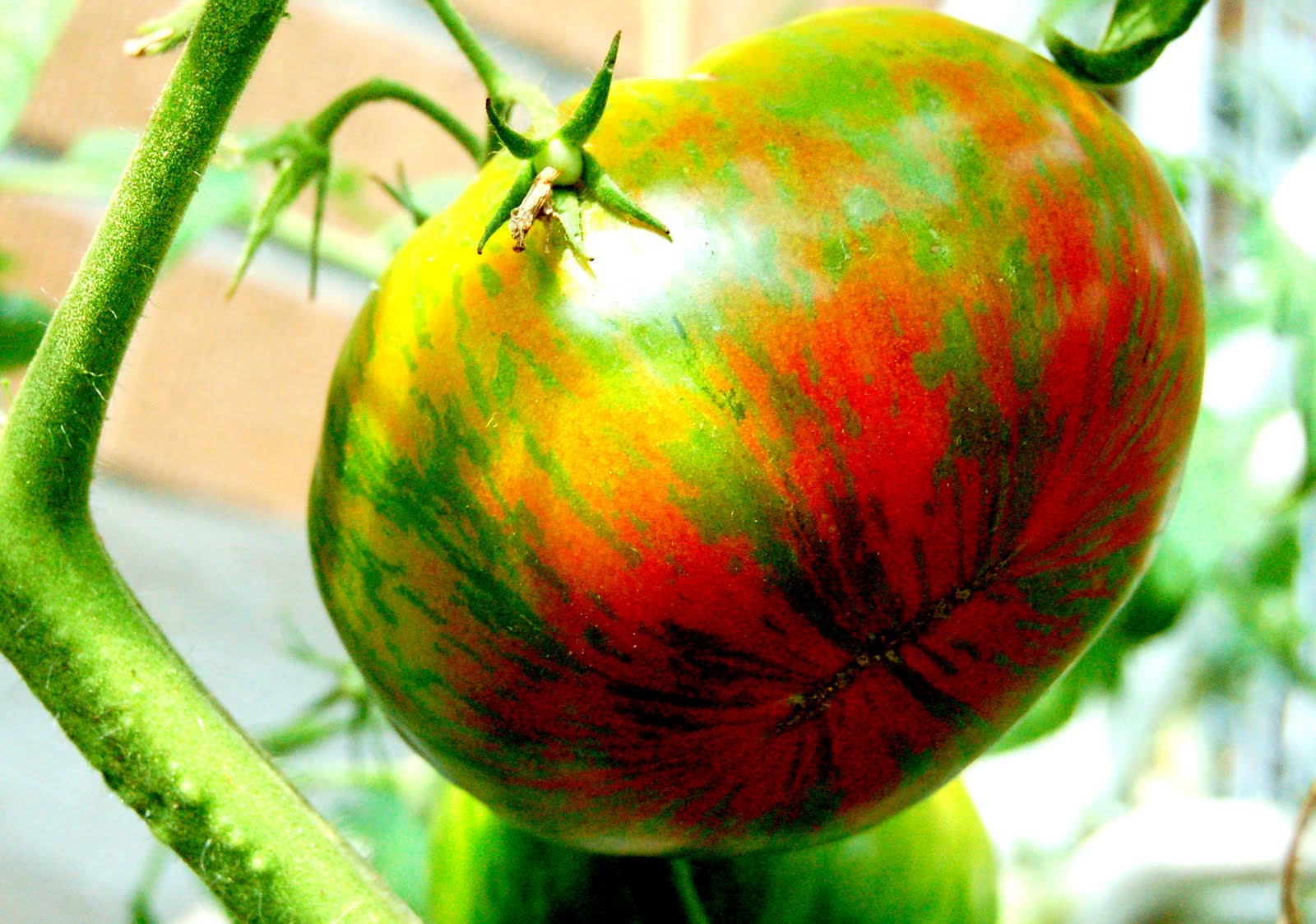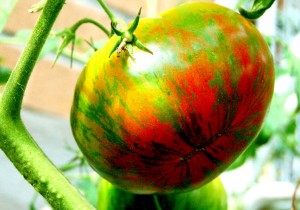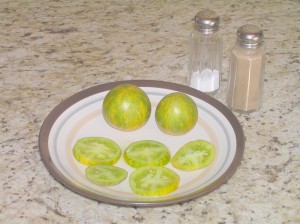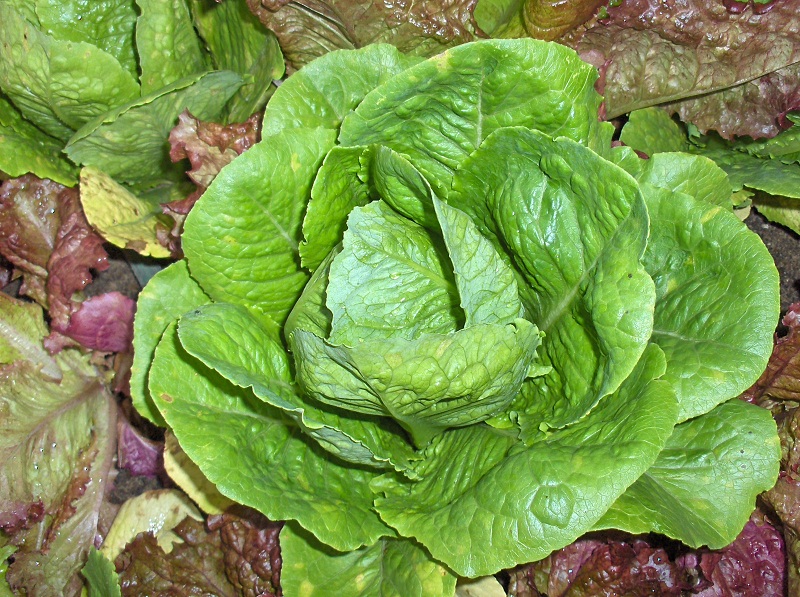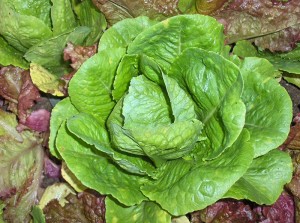I’m a tomato snob. I can’t help it. I’ve had the best and will never go back.
The first summery taste of a home-grown tomato, fully matured on the vine and still warm from the sun is one of the great taste pleasures of summertime. You need to experience it to appreciate it.
The poor imported supermarket version of the tomato just doesn’t compare. And in reality, it can’t. The imports are picked when they just start to show some colour, before their texture and especially their flavors have had a chance to develop. Then they travel, sometimes halfway around the world.
Consequently on the store shelves we see these hard, bland-tasting, thick-skinned things that misrepresent what a tomato could be.
In fact, modern tomato varieties are developed specifically for this kind of handling, packaging and transport. Thick skins, uniformity of size and shape are all desirable attributes to producers. Unfortunately, flavor isn’t. But we want tomatoes, so we take what we can get. However, with a little effort, we can get better. Why not grow your own? It’s easy. And why not grow specifically old-fashioned varieties? They taste a million times better than the imports and you aren’t paying for the oil to get them here.
Why I’m hooked on heirloom tomatoes.
The variety of colours, shapes, sizes, and even flavours, is almost endless. And it is a lot like collecting antiques. In my own garden experience I’ve grown everything from the marble-sized ivory-coloured White Currant to the enormous red Sicilian Saucers. The fabulous tasting Black Krim (originating from the Isle of Krim in Russia) is my absolute favourite of all tomatoes, with it’s lovely burgundy skin and marbled magenta and green interior. The appearance, flavour and variety in the heirlooms simply cannot be approached by the mass-produced types.
Though tomatoes originate in ancient Mexico, the heirlooms in my own collection were developed, some as far back as centuries ago, in France, Italy, Germany, Croatia, the Czech Republic, Bulgaria, USA, Russia, and the list goes on. Some of their names are descriptive: Black Cherry, Green Grape, Big Rainbow, Indian Stripe, the absolutely beautiful Persimmon, and the absolutely weird Purple Calabash. And some of them bear the names of their sources: Andrew Rahart’s Jumbo Red, Aunt Gertie’s Gold, Marianna’s Peace, Martha Homestead, and my favourite named – Olga’s Round Yellow Chicken Tomato – all varieties discovered and saved by home gardeners, often passed down through families for generations, and shared with friends.
And so, through the efforts of seed-savers throughout the world, the tomatoes are spared extinction and continue to be enjoyed for their wonderful flavor, but not by the masses. Only by snobs like me. And maybe you.
For the Silo, Rick Posavad.
